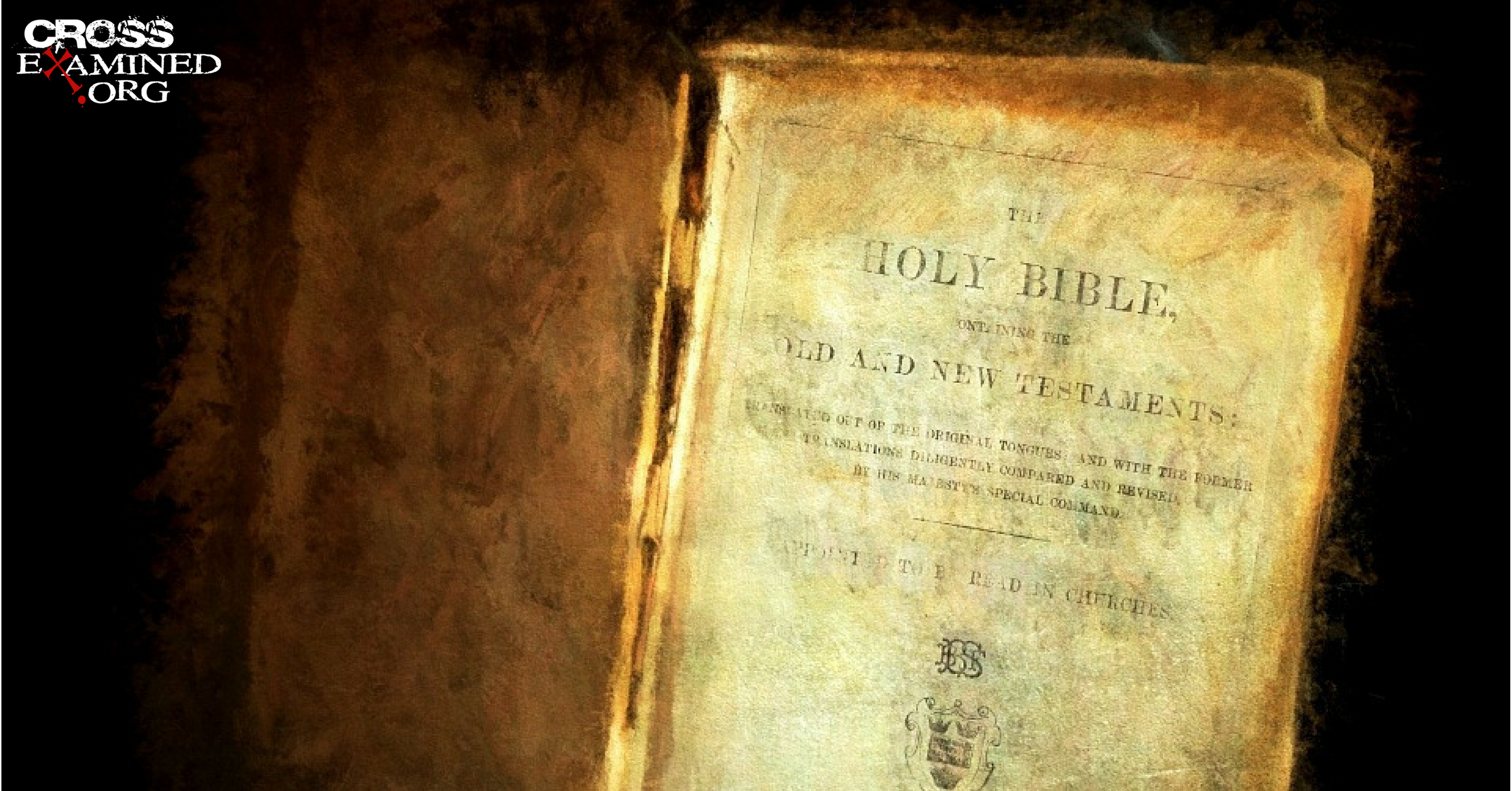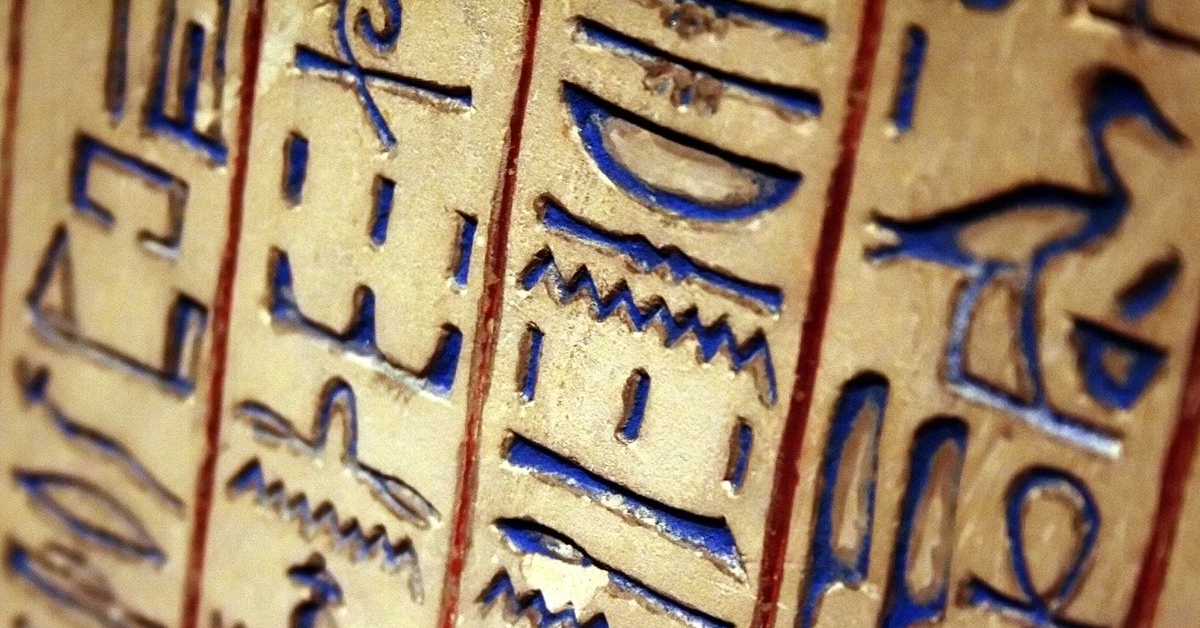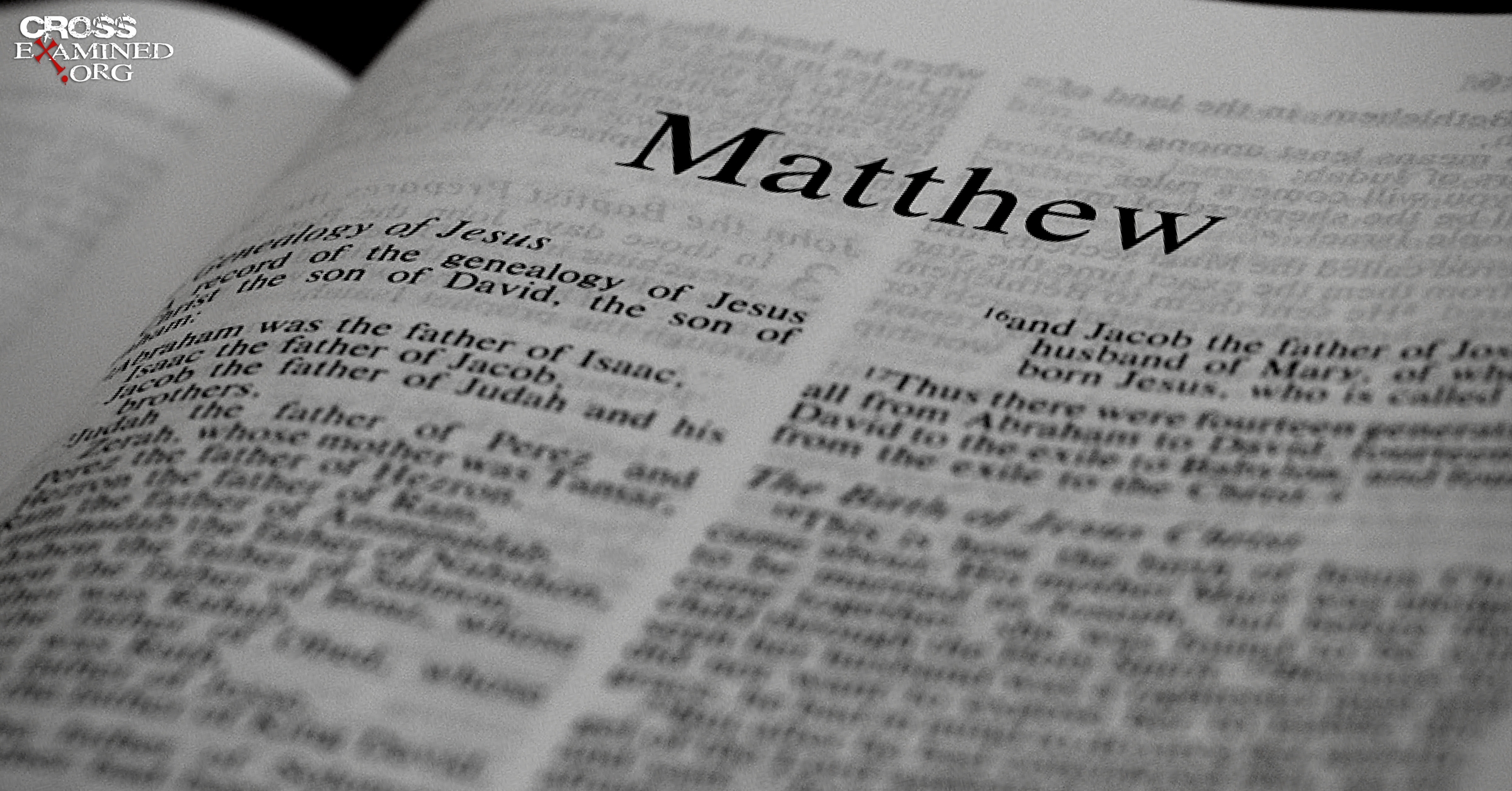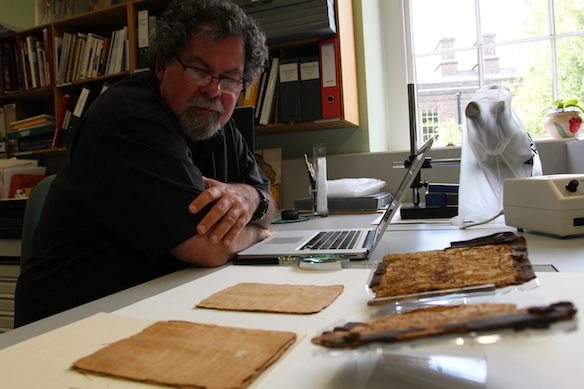Lost the Plot?
Have we somehow lost the message of the New Testament through irreparable corruptions of the text? That’s what some people wonder when the conversation turns to the issue of textual variants—differences in the biblical manuscripts we’ve discovered over the years.
Maybe you’ve got a friend or a co-worker who tends to be pretty skeptical of the Bible right from the get-go. For many like them, the issues surrounding the Bible can make it tough to read it for themselves and give it a fair hearing. For example, people who saw Bart Ehrman on the Cobert Report or read his books might come away doubting that the text of the New Testament is still intact after all these years.
Today, I still hear well-meaning believers say we’ve just got to “give people the Bible.” But more and more, I see the need to engage the tough questions about why we should take the Bible seriously. So I wanted to share this video with you. It’s Darrell Bock, Ben Witherington, and Dan Wallace talking about textual variants in the New Testament.
What do Textual Variants Really Mean?
I’m honored to say I studied Greek under Dr. Wallace at Dallas Theological Seminary. At this DTS event, he answers the questions, “Are there really hundreds of thousands of textual differences in our New Testament manuscripts?” and “so what?” In other words, what do all these numbers really mean?
We Haven’t Lost the Message
Check out these four categories of textual variants and see why even 400,000 differences don’t need to shake our faith. The first two categories won’t help anyone come up with a new conspiracy theory about how the church has been secretly changing the Bible over the years. But as Wallace said, it might cure your insomnia.
- Most textual variants are just spelling differences
Ever seen the word “color” spelled “colour” in a book? You probably wouldn’t be surprised to see a young kid spell it, “culler,” or something like that. Whether it’s an alternate spelling or an actual spelling error, it’s still pretty obvious what they mean. When it comes to the New Testament, the first and largest category is made up of spelling differences, accounting for over 75% of all textual variants.
- Many textual variants are synonyms, word order differences and stuff you can’t translate
The next biggest category is all about synonyms (different words that basically mean the same thing) and stuff like word order (which makes little difference in Greek) or articles with proper nouns. For example, Greek writers could use the definite article before people’s names (like “The Jesus”). In this case, whether or not the word “the” shows up before Jesus’ name makes no difference; you can’t even translate it into English!
- Some textual variants would have made a difference if they weren’t so late to the game
The third largest category is made up of variants that would have made a difference in the meaning of the text in our Bibles if they showed up earlier in the manuscript tradition. The thing is, these differences show up hundreds of years after Jesus’ time and so it’s pretty unlikely that they tell us anything about what the original documents really said. Another way to say this is that the more recent differences just tell us about how some copyists ended up changing the text.
- A few textual variants actually do make a difference…but none mess with any core doctrines
It’s true. There are real questions about the authenticity of some of the words and sentences in the New Testament. And that’s what the fourth category is about: Variants that actually do make a difference in what the text says and possibly represent the original readings of the text. But here’s the thing: None of them call any core doctrines into question. Not one.
I’ve looked into this for myself so please don’t let anyone tell you this is just the tip of the iceberg. These kinds of things represent less than 1% of all textual variants in the New Testament.
About The One Percent:
New Testament Textual Variants that Matter Most
We need to be honest and admit that, at least where our current scholarship is at, there are some good questions about a few parts of the New Testament. For example, most scholars believe the story about the woman caught in adultery wasn’t in the original text of the gospels. It actually shows up in different places in some manuscripts, including the margins or at the end of a page, almost like scribes who wanted to preserve the story didn’t know where they should be writing it down. But what kind of difference does this make? I like how Darrell Bock answers this question:
“What is impacted is whether or not a particular passage teaches a particular point. But in the big scheme of things, there is no fundamental doctrine of the Christian faith that is impacted by this one percent.”
Most people don’t know that even Bart Ehrman himself actually agrees with this in print. He mentions this in the question and answer section of Misquoting Jesus (p.252):
…essential Christian beliefs are not affected by textual variants in the manuscript tradition of the New Testament.
The Number of Textual Variants is Only One Part of the Story
To me, it seems misleading and unfair to say there are between 300,000 and 400,000 textual variants in the New Testament manuscripts we have today and leave it at that.
We’ve got so many variants because we’ve got so many New Testament manuscripts. If all we had were one codex with all the books of the New Testament in it, we wouldn’t have any variants!
Look, having almost 6,000 manuscripts—and not just one or even a dozen ancient, handwritten documents—is a very good thing because it can help us have more confidence in the readings which best represent the text of the original books of the New Testament. So the number of textual variants is only one part of the story.
Conclusion
The overwhelming majority of these textual variants don’t change the meaning of the text. No core doctrine of the Christian faith is called into question by any textual differences in the New Testament. None.
Instead of making us suspicious that we’ve lost the message, studying the text of the New Testament gives us confidence that the message has been faithfully preserved.
Original Blog Source: http://bit.ly/2p82RdB






